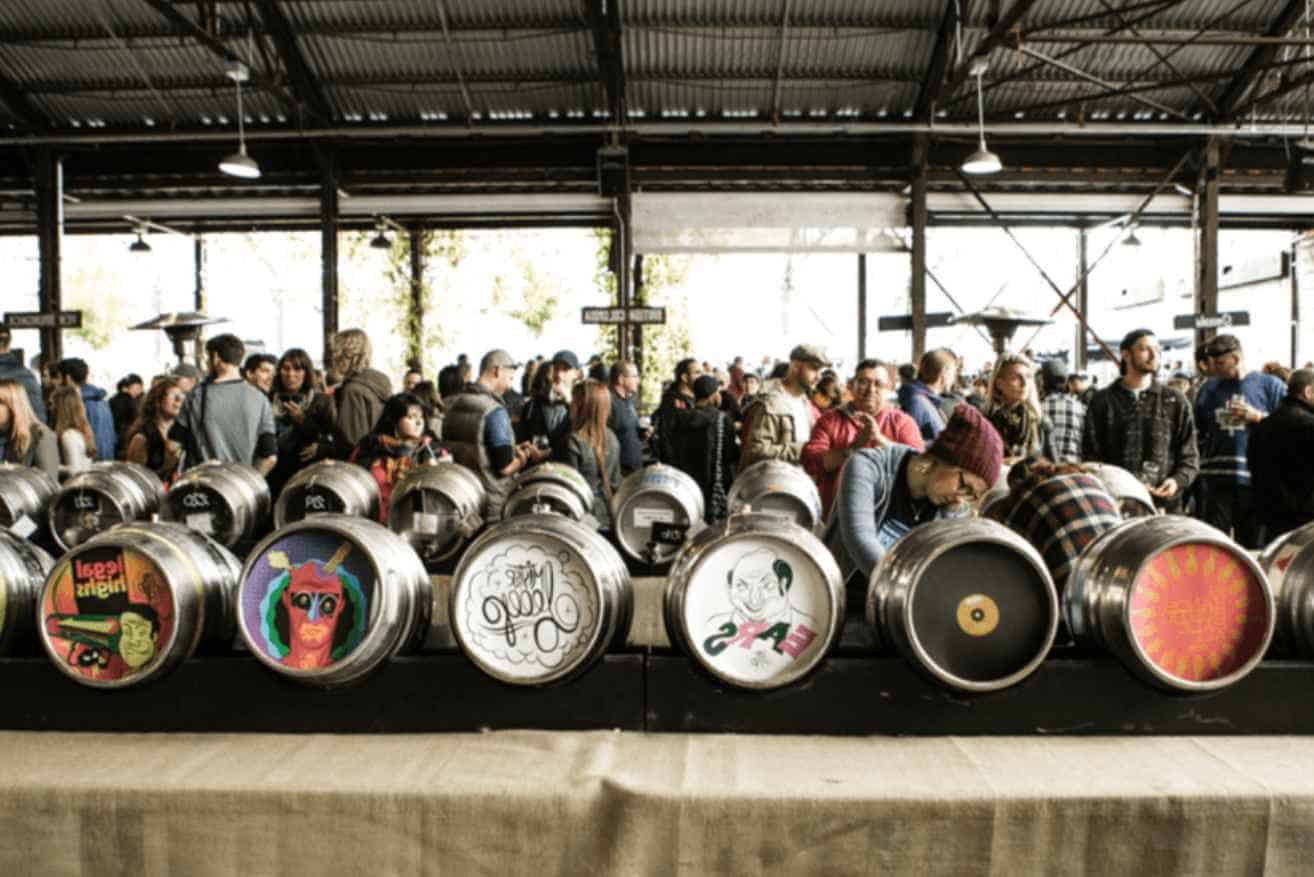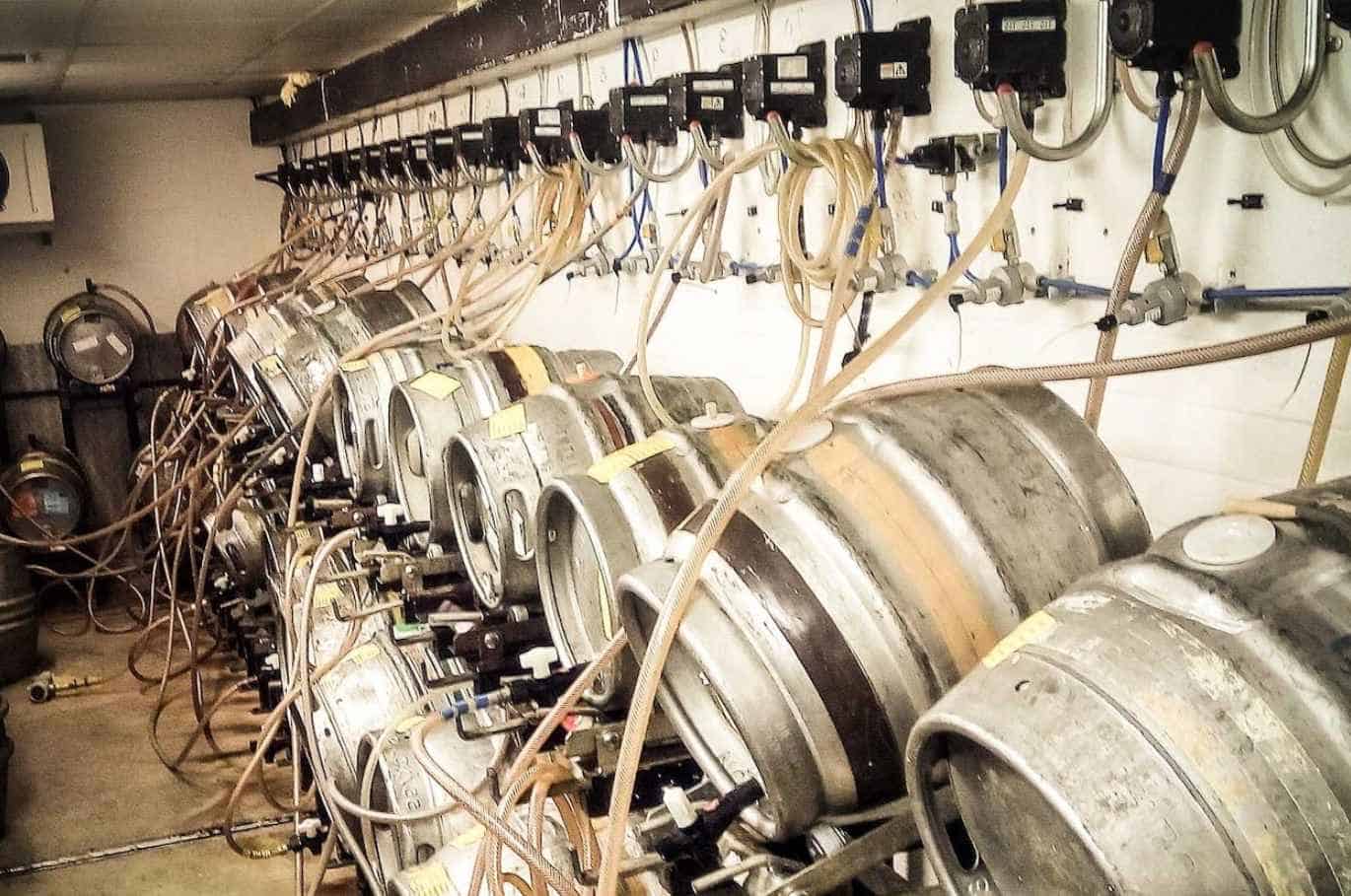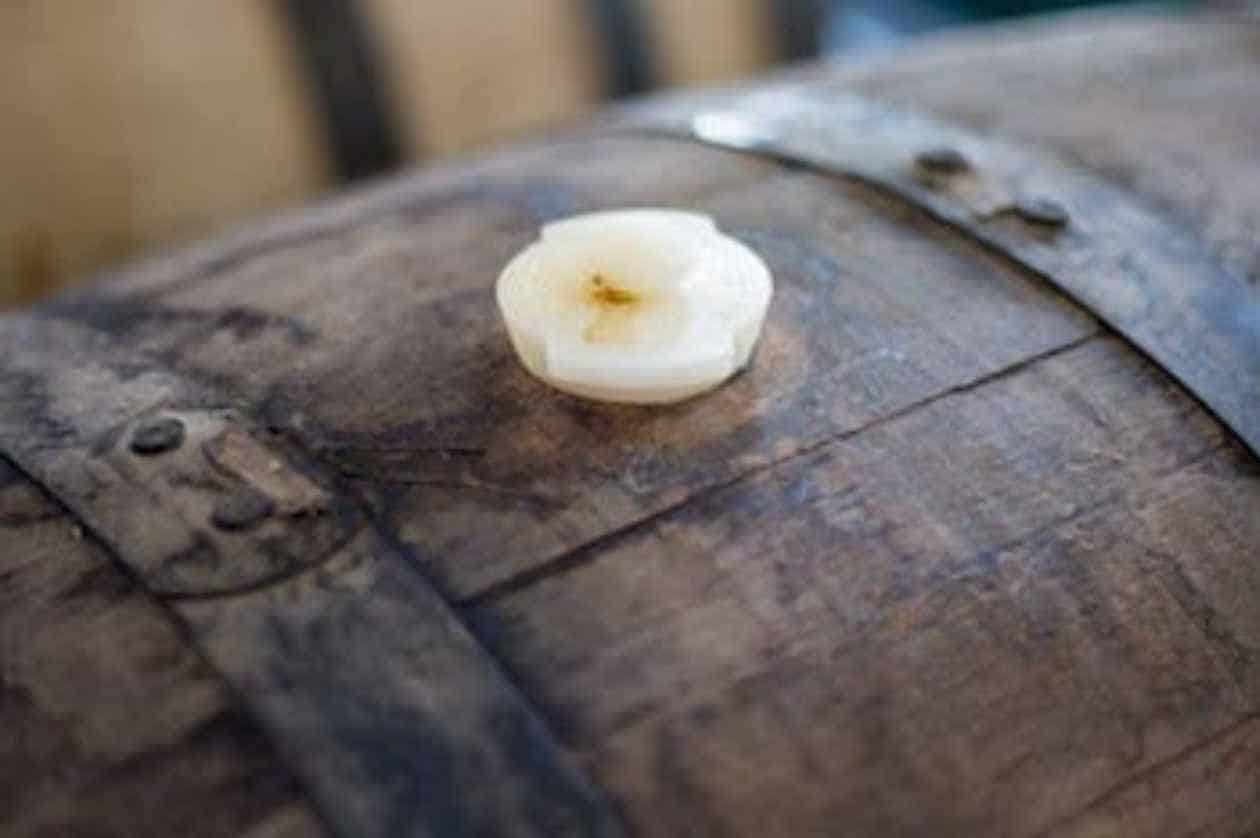If you enjoy cask beer or have just got to know them and want to know more about them, there’s still so much to unpack, but it would be a fun experience.
Each type of beer has undergone a process and is made of ingredients that work well together; here’s the complete guide to cask beer.
What is Cask Beer?
To get to know a certain thing, whether a random thing you find interesting, a food, or a drink, delving deeper and learning their history is a part of the plan. For centuries, drinkers have delighted in the unique and historically significant beverage known as cask beer.
Originating during the Middle Ages in England, this special type of brew has been around for a long time and continues to be popular today! Uncovering its fascinating history is just part of enjoying it fully – why not take some time to discover more about this timeless classic?
While there is faint evidence that we might have lost cask beer during the 1900s, an initiative has invigorated and revised the elements surrounding the old cask beer. This was the beginning of a search for a more refreshing and newer style that everybody loves.
The campaign was labeled Real Ale Campaign or CAMRA and was on the move starting in 1971. Over the years, CAMRA has made a good, positive, and considerable change in cask beers. This initiative has single-handedly put the cask beer in the race and the bar, literally!
Currently, cask beer is still thriving and making a name for itself and its style. It has been enjoyed then and is enjoyed in a newer name now as new types and modifications are done according to a brewery’s style.
Of course, all these moderations and changes have allowed for cask beer’s growth over time without taking away the classics of being a “cask beer.”
A cask beer is also called a cast-conditioned drink, precisely as it sounds: it’s a beer that’s stored in a cask. So, to get to know more about this, you should know what a cask is. A cask is really a simple container where beverages are poured for storage.
Although you can place whatever type of liquid inside, it’s more commonly famous for fermentation and beer making. It’s a classic container that’s been around for a long time, specifically storing alcoholic drinks. So, overall, a cask beer is traditionally held in a cask before it reaches your table for serving.
Handling Cask Beer
With cask beers, there are a few special rules to live by in order to get the best taste for your money. Knowing and following these conditions is key to unlocking their full potential – no more settling for subpar pours.
Storage
Storage is essential for any beverage or food out there. Cask beers are a bit touchy when it comes to temperature. They can’t be stored and left too cold, or the flavors deplete; instead, place them at a perfect temperature of 10 to 12 degrees Celsius, and you are good to go.
Serving
Cask beer, like any other beer, is excellent served cold, but too cold is not ideal for this one. For cask beer specifically, you need to be at least 10 degrees celsius cold. In serving cask beer, you can use a nice and basic type of beer glass, usually transparent, to reveal the physical condition of the beer.
When maneuvering through the tap and getting your service, you must place the nozzle inside your glass and place it in the deep part of the glass– the nozzle should be almost touching the base or the bottom of your glass.
Pouring beer can be a delicate process, as too much speed or force will cause the tasty draft to foam and fizz in your glass. To get it just right, give each pull of the hand lever gentle care – no hasty jerking motions.
Pulling or turning in a hurry may disturb the beer inside the container and the beer that gets inside your glass. You can repeat the process of pulling or twisting gently until your glass is filled up.
Now, you can slowly move the glass downward, freeing the nozzle for another fill. However, the step may vary depending on the length of the spout, and shorter ones may need your glass tilted slightly at a 45-degree angle.
Cask Beer Characteristics
Appearance
The first thing you notice about a beer is its appearance; cask beer usually has a slightly cloudy or hazy appearance with its dark brown color. The haze comes from the process of making cask beer, and it’s an unfiltered beer, so it’s only natural that it has haze.
If you see it directly in a cask, you might see some floating elements that would settle at the bottom– these are yeast cells, and it’s normal to see them, especially when the beer is still in the cask.
Aroma
Cask beers offer sniffs and swirls that bring together spicy pepper notes with delicate citrus top-notes and lush resinous undertones. For those wishing to explore deeper into their tasting journey, additional ingredients can often contribute even more complex aromas – making every sip an opportunity for discovery.
Taste
Cask beer is a classical and old-school way of making beer, so you could say you are tasting and experiencing how beers in the old days used to taste.
This type of beer offers your palate a rounder mouthfeel that allows your taste buds to savor the beer. It has a gentle zing as it also has a mild level of carbonation. Cask beers, in general, are more complex in both taste and aroma.
Making Your Own Cask Ale
Things you need to prepare
- Cask
- Water
- Malted barley
- Yeast
Steps
- The first step in creating this beer is unlocking its hidden potential – breaking down malted barley. This essential process reveals the starches needed for a flavorful beverage which is the building block of great drinks.
- Next is hot water, as you must combine the residual stuff with the hot water for more than an hour. This process allows the drink’s sugars to appear and, thus, ready for fermentation– these sugars are also called wort.
- After carefully collecting the wort, transfer it to a larger vessel,for the next step.
- Time to lend an hour to boil the wort and then put in the hops afterward, contributing to both the bitter and sweet parts of the beer.
- Let the wort cool down before you transfer it yet again to the fermenter, and be ready for the yeast action depending on the more specific type of beer.
- After every step, put the beer in the cask of your choice with the necessary fining agents, and the waiting game begins.
Facts about Cask Beer
Shelflife
Cask beer prides itself on storing it in a container called the cask, so its novelty is also tightly knitted to this.
Unlike beers that have undergone a more modern fermentation, this type of beer is quicker to become bad, meaning you would need to drink the beer in the cask immediately after it’s opened. An opened container won’t last for more than a week.
Freshness
Cask beers are one of the freshest beers out there. This fact is also anchored to its short shelf life, so it’s a beer that needs to be served fresh, or else it’s past its freshest form.
Another feature is that this type of beer does not go through so much time in the brewery and does not have a pasteurization process, an old-school process of making beer.
Localized and eco-friendly
Because cask beers have a short freshness, breweries usually make them and sell them directly rather than purchasing from a farther place.
Restaurants and joints serving cask beers usually purchase from a nearby brewery which would allow fast delivery of not over 24 hours, saving as much time as possible. A shorter delivery also equates to shorter travel time from trucks and cars, so lesser vehicle emission of CFCs.
Live product
Cask beer is also usually called a live product because of the lack of the pasteurization and filtering process. This type of beer has distinct characteristics that still develop as it stays in the container or cask, so it’s intimate, and the flavors it produces are definite and apparent in every sip.
Classic and unique
Unlike other types of beer, which usually use a newer way of processing beers, cask beers stick to the more classical form of making and serving beer. It’s a beer with plenty of character and personality from the roots of beer-making and drinking.
Naturally conditioned
Amazingly, beer can achieve a unique and delicious flavor without having to be processed multiple times– like cask beers.
All that’s needed is a simple second fermentation within the cask – this step leads to an explosion of flavors coupled with amazing natural carbonation! Who would have thought such complexity could come from something so seemingly straightforward?
Summary
The complete guide to cask beer will allow you to learn more about the process and the intricacies that the beer in the cask undergoes.
Now that you have enough background knowledge about cask beers, you can appreciate them more appropriately, maximize their flavors, and enjoy them from a new level of perspective.

As a homebrewer, Michael would get frustrated about the lack of brewing information on the internet. After hundreds of gallons of spoilt batches, Micheal had enough. And he founded Unknown Brewing as a resource for homebrewers.


